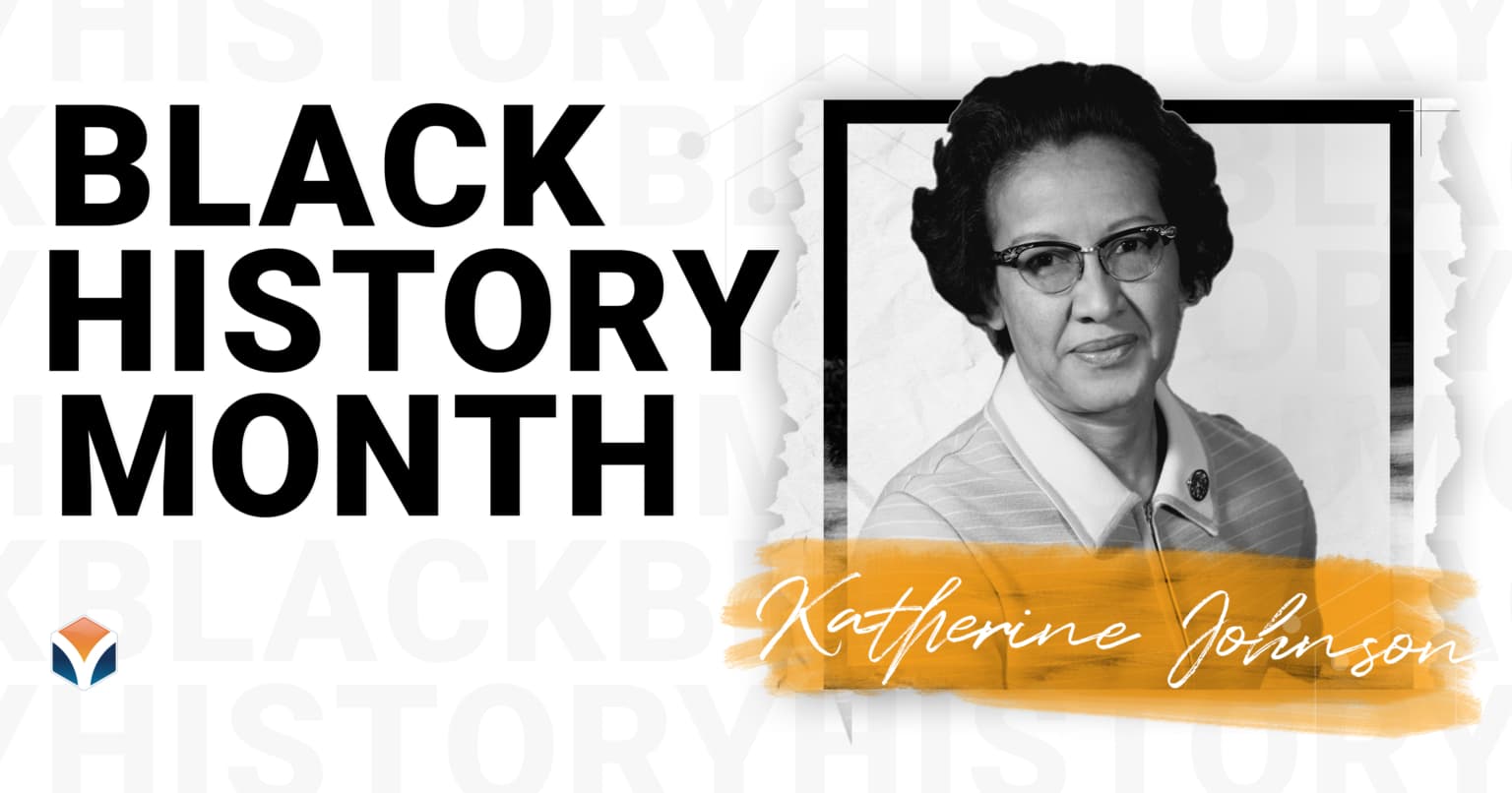

This mechanical engineer might not have traveled to space, but he played a pivotal support role as a space station engineer! 10, 2008, a pioneering NACA/NASA mathematician that was highly regarded by all those who worked with her. Her legacy has certainly endured, and Vaughan’s monumental role has finally been given the recognition and credit she, and countless other hidden figures, deserved. Her career spanned 28 years and she made countless contributions to America’s space program, despite the barriers she faced.Īccording to NASA, when asked about how she dealt with the challenges of working amidst gender discrimination and segregation, Vaughan replied, “I changed what I could, and what I couldn’t, I endured.” She served in this role until 1958, when NASA replaced NACA and segregated facilities were abolished.įollowing the dissolution of her former unit, Vaughan joined the newly formed Analysis and Computation Division (ACD) and became an expert FORTRAN programmer at the forefront of electronic computing. She worked in the segregated West Area Computing unit, as part of a team of all-black female mathematicians who performed computations by hand for the early space program’s engineers.Īccording to NASA, Vaughan was promoted in 1949 to head the West Area Computing unit, becoming NACA’s first African-American female supervisor. Vaughan had no idea then how her life was going to change, or how it would change those around her. She went into the position thinking it would be a temporary wartime job. Vaughan left her teaching job at Robert Russa Moton High School to be a human computer at the NACA (which would later become NASA) Langley Memorial Aeronautical Laboratory during the peak of World War II. She received a full-tuition scholarship to Wilberforce University and graduated with her Bachelor of Arts degree in mathematics at just 19! Her story was captured on the big screen in 2016 in the hit blockbuster film, “Hidden Figures,” which followed the stories of three African American women mathematicians (Vaughan, Katherine Johnson and Mary Jackson), who broke through gender and race barriers in the workplace while making countless contributions to America’s early space program. While there were many hidden figures behind NASA’s early success, Dorothy Vaughan stands out. Now 95, Johnson is retired, but in aeronautics history, she is one of only a few individuals referred to with the honored title of human “computer.This Black History Month, we are going on a journey through the decades to celebrate the significant contributions black astronauts, engineers, and mathematicians have made to the space program by highlighting three of these African American trailblazers.

She would also calculate the trajectory for the Apollo 11 flight to the moon in 1969.

And in 1962, when NASA used computers for the first time to calculate John Glenn’s orbit around Earth, officials called on Katherine Johnson to verify the computer’s results. From there, she took on other projects like calculating the trajectory for the space flight of Alan Shepard, the first American in space in 1959. Her performance was so amazing that her superiors “forgot” to return her to the women’s math pool. It was only on a day where she was asked to fill in on the all-male flight research team that Johnson made her way up the aeronautics ladder. Johnson and the many other women at Langley Air Force Center were described as a “math whizzes in skirts.” Her all-female team would perform mathematical calculations and read the data from the black boxes of planes. A math prodigy, she would go to work, literally, as a “computer” for Langley Research Center, a part of NACA – the National Advisory Committee for Aeronautics, which was later changed to NASA. In appreciation of his sacrifice, Johnson worked hard, graduating from West Virginia High school at 14 and from West Virginia State University at 18.


 0 kommentar(er)
0 kommentar(er)
